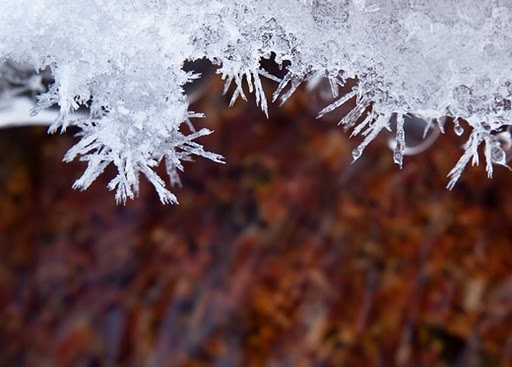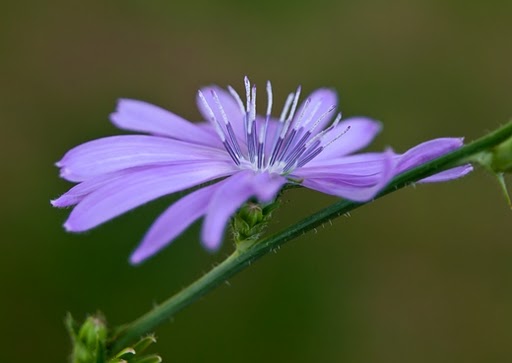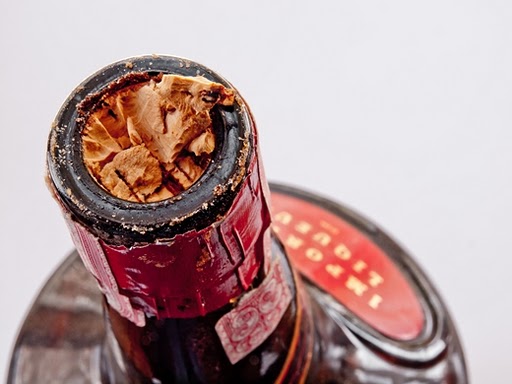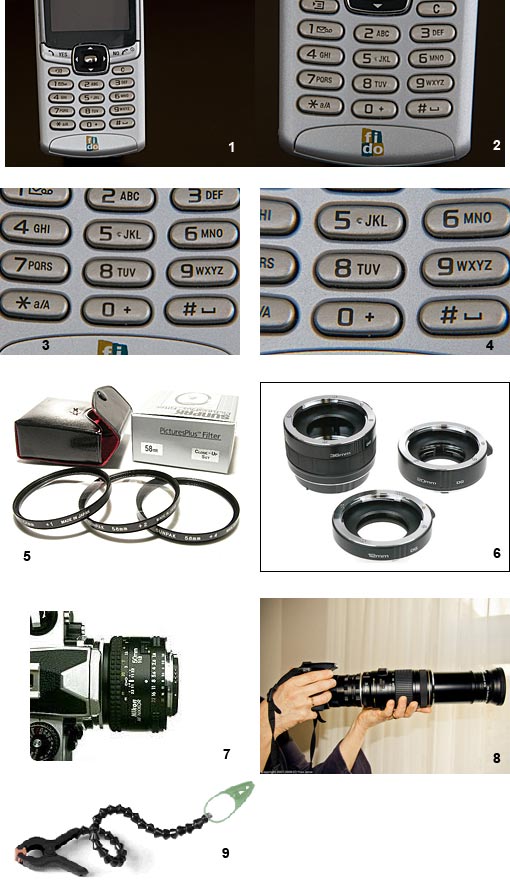We are happy to feature another interview and more photography from Adore Noir Magazine. Adore Noir is published online from Vancouver, B.C. Canada and is dedicated to fine art black and white photography. This interview features David Johndrow, an American fine art photographer from Austin, Texas.
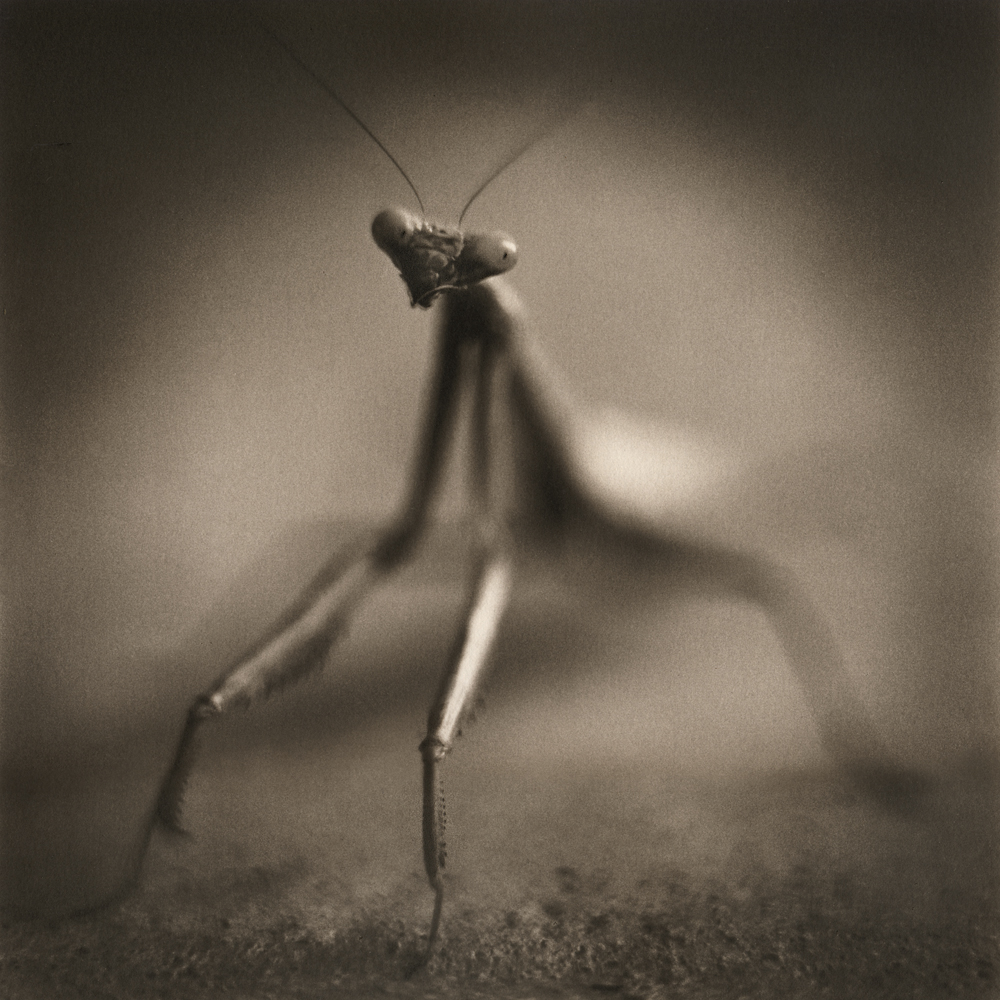
Mantis by David Johndrow
AN: Please introduce yourself. Where do you live and work?
DJ: My name is David Johndrow and I live and work in Austin, Texas.
AN: How did you get into photography?
DJ: I studied photography while getting a film degree at the University of Texas. The first time I saw an image of something that I shot appear in the developer tray I was hooked and decided I wanted to do photography full time. I started doing commercial work after graduating—mostly doing portrait work. I supplemented my income by working as a custom printer in photo labs. I’m glad I had that experience because it forced me to put in a lot of hours in the darkroom. As I got better at making prints that were stronger, I also got better at visualizing my own work. I learned a lot from working with other peoples photographs, both good and bad.
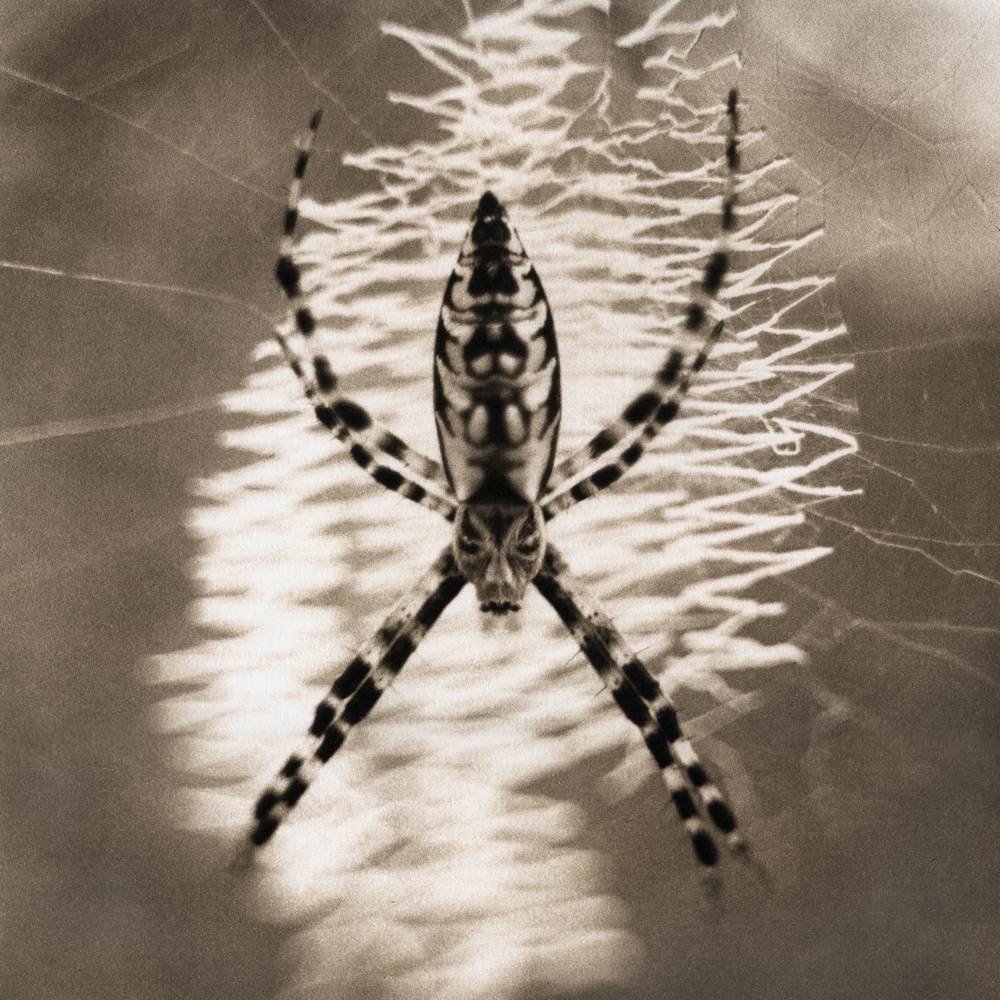
Orb weaver spider by David Johndrow
AN: Tell us about your passion for macro.
DJ: My use of macro came out of combining my obsession with gardening with my interest in photography. For a long time I had no interest in shooting photos in my garden. It was mostly because I didn’t want to do what other photographers have done so well before. But as I spent more and more time outdoors, I started to notice the most sublimely beautiful things going on a very small scale and they looked amazing in the natural light of their own habitat. So, I began experimenting with ways to get up close and still be hand-held. I wanted to be quick and mobile. So I put extension tubes on my regular Hasselblad lens and discovered that although this set-up presented some restrictions (limited ability to focus, lower light gathering power), I liked what I saw. In fact, the forced simplicity of the set-up allowed me to focus more on the image than on the technical aspects of shooting the picture. I used the lens wide open out of necessity because the film I use is relatively slow for the shade light I like. Fortunately, it turned out that the shallow focus worked great at isolating the details of the things I was shooting. Suddenly I would get lost looking through the camera—like entering another world. Ordinary things took on an aura of grandeur and importance. I decided I would treat the subjects in nature as formal portraits and try and make them look iconic and, at the same time, retain their wildness.
AN: What is your inspiration?
DJ: Photographically, my biggest influence is Irving Penn. I love how he can make anything look elegant , from fashion models to tribal people to found objects. I love his high contrast printing style and how graphically strong his compositions are. I also like Edward Weston and Karl Blossfeld. Blossfeld was really good at showing the architecture of nature. Another influence on my art is the botanical artist Ernst Haeckel. I have reproductions of some of his drawings up in my darkroom to inspire me. He really shows the beautifully intricate designs of nature at all scales. Something about his art is wonderfully weird and psychedelic. Besides these photographic and artistic influences, I also need to mention my love of Laurens Van der Post’s stories of the bushmen of the Kalahari and how they revered the small things in nature the most.
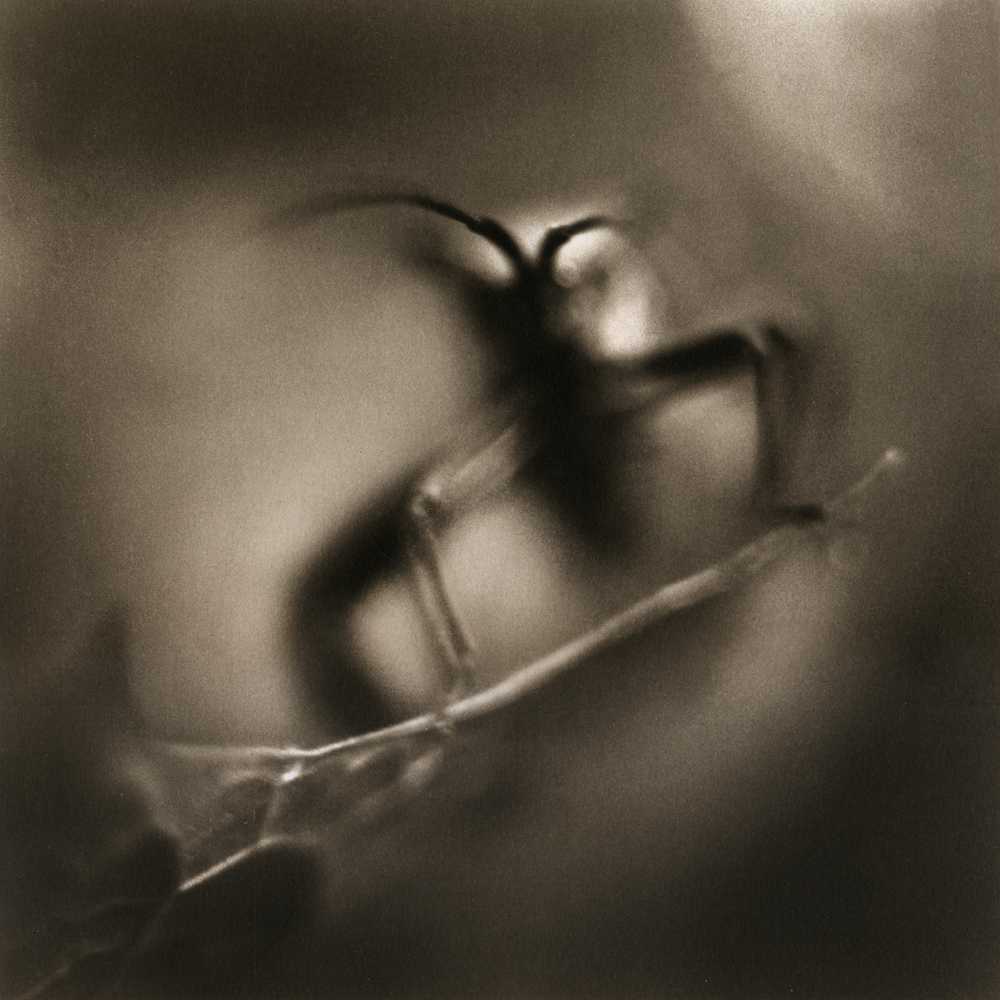
Stinkbug by David Johndrow
AN: What do you wish to convey to your viewers?
DJ: I hope that when people look at my photographs, they get a new perspective on the things that are all around us that we sometimes take for granted. We tend to get disassociated from nature and forget what a miracle it is. I am always amazed at the new things I discover out in my garden. Things seem to appear to me as if by magic. I try to capture some of that magic to share with others. It’s a real challenge to depict something that has been photographed so many times. What I’m learning is that the ways of experiencing nature are infinite. I hope people who see my photographs come away with a greater appreciation of the beauty of common things.
AN: Can you tell us about your post processing techniques?
DJ: I like to print my images on silver gelatin, platinum/palladium or gumoil. I let the image dictate what medium I will use to express it. Although I originally capture all of my images on film, I sometimes make enlarged inter-negatives, either with my enlarger or digitally, depending on the image, so that I can make contact prints. By using alternative processes I am able to have a wider range of expression in my printing and a greater chance of the “happy accidents” that I think make photographs unique. I strive for extreme simplicity in my images. Photography, by its nature, is a reduction of information. By removing what is nonessential, images get clearer and more powerful. This is also the reason why I love working in black and white.
AN: Do you have any projects on the go?
DJ: I am now experimenting with simple photograms, bypassing the camera altogether. I’ve gotten so into it that I’ve amassed a large collection of objects that I can print just using sunlight. Of course I still work in my garden with my camera close by and keep my eyes open for the next mystery to present itself.

Toad by David Johndrow
This interview and accompanying images was reprinted with permission from Adore Noir.
Adore Noir is a subscription based online photography magazine specializing in awesome fine art black and white photography.
